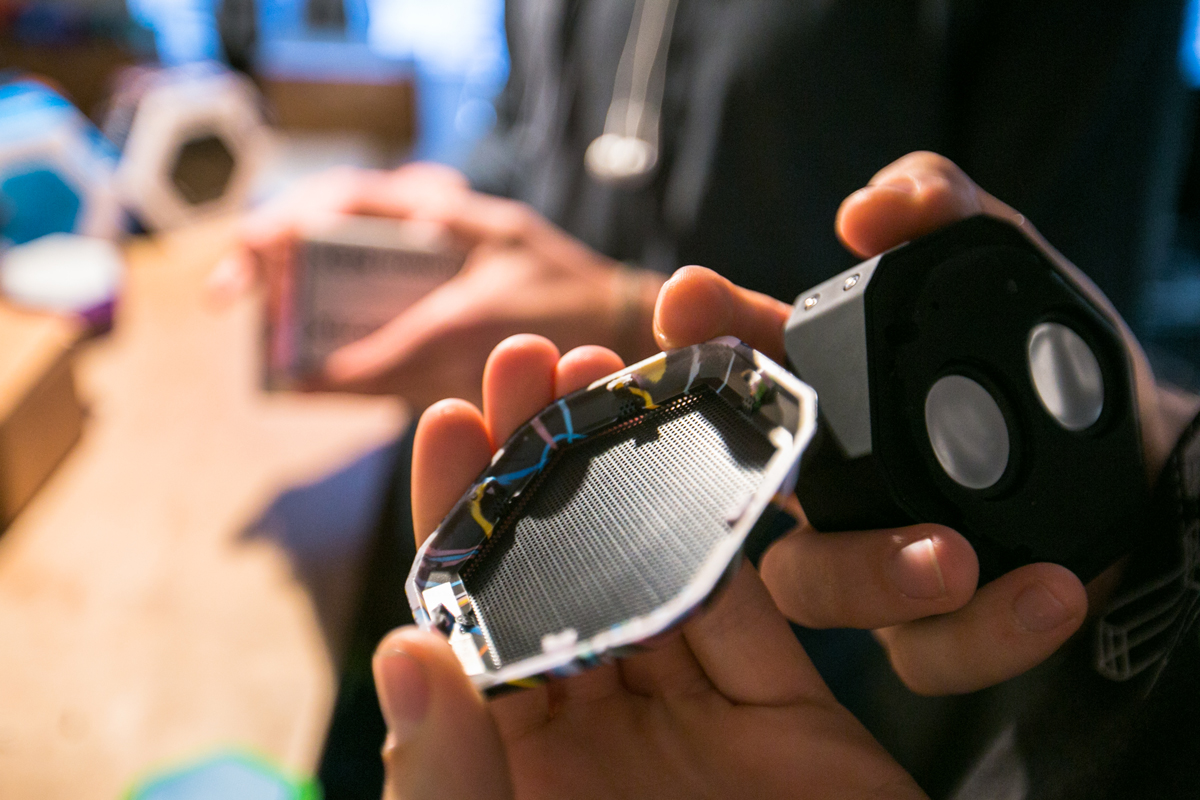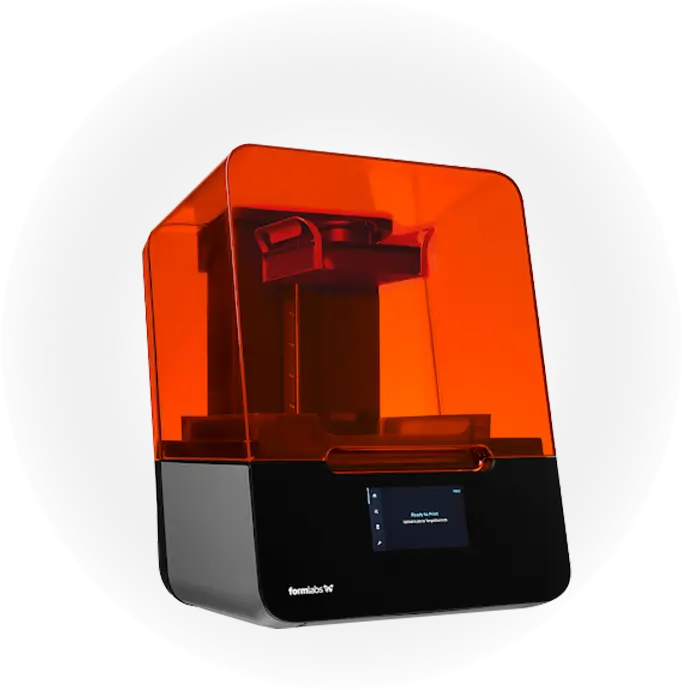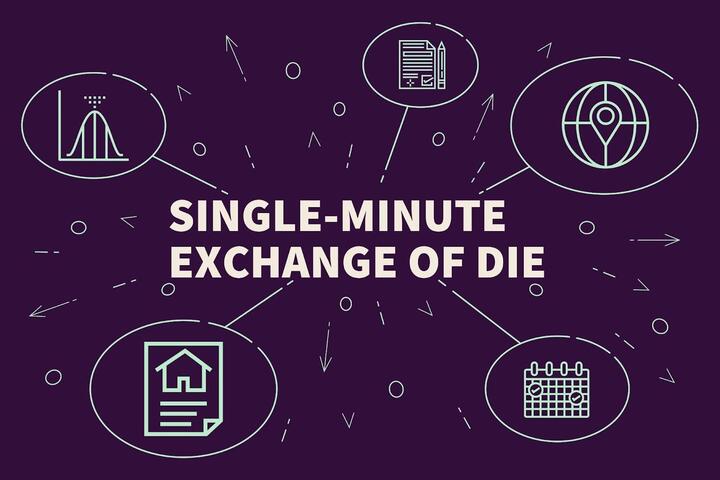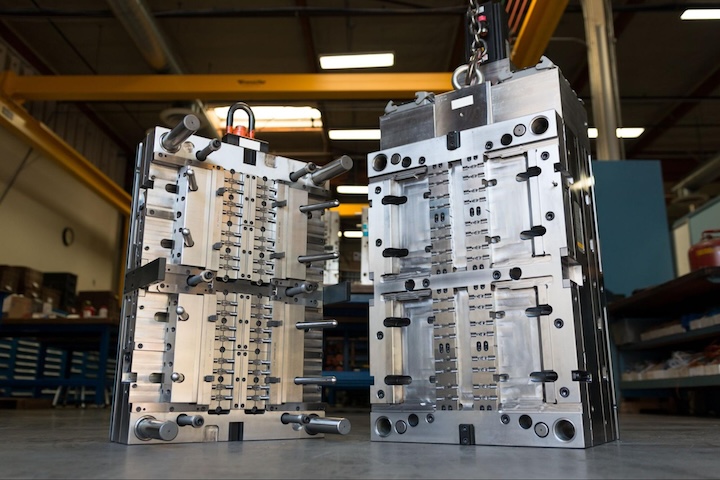Time to read: 4 min
We’re seeking out the most amazing hardware companies and engineers to help uncover the many challenges, lessons, and philosophies behind what makes them so awesome and how they develop their products.
In this week’s Hardware Spotlight we had the chance to chat with Chris McKleroy, Co-founder and Product Designer at Boombotix. He shared with us his unique perspective on intuitive design and their ground-up company development that’s allowed them to build a brand so closely tied to the community they connect with.
The Boombot has such a unique design – where did the inspiration come from?
Lief Storer, my partner at Boombotix, was trading Japanese vinyl toys and painting them like a mad scientist. He had an idea to put a speaker in a fist sized Skully toy, made a round of prototypes and shared them with friends. People were excited about it so this concept of a wearable clip-on speaker was born.
It’s all about knowing what you want and sticking with your intuition.

How did the design of the product develop over time?
With the original Boombot, we found that people liked the primary features, but the aesthetic was a bit too strong. So we began to develop a simpler design, which took form ultimately in a hexagon. This gave us an opportunity to rethink the entire design of the product, from the firmware to the acoustics.
What did the early days of the company look like?
It all just developed from the ground up. Once the first batch of 500 pieces landed, Lief drove around all them all summer selling them in surf skate and bike shops. A year forward he moved the business out of his parents’ garage and into the city, at which time we both moved into the new office (roll up garage) in the Mission. We had a small team and hustled hard to keep the momentum.

How would you describe your design process?
It’s all about knowing what you want and sticking with your intuition. Design is really so intuitive at a certain point when you can truly empathize with the users of the product.
How do you go about empathizing with the users of your product?
Well from the beginning we wanted to create a product that was relevant to the community we felt connected to. So instead of selling primarily to a Fry’s or a Best Buy, we get to sell to skate shops and connect with communities that really vibe with our core branding. Our branding is really a reflection of our community.
Be in touch with the world around you.

Your product has some unique customization features – is that part of your core branding?
The product has been customizable from the very beginning because we want people to be able to put their own stamp on the product so they connect to it that much more. So we built a modular face and have a large stock of different bezels so it’s easy for people to create their own unique product and easy for us to produce.
Do you see any cultural significance attached to your product design as a more public way to listen to music than headphones?
You definitely don’t want to see every Fred blasting music by himself, but if you see Chad blasting music with his posse, his crew, and they’re listening to a Boombot together then it’s like, hell yah! That’s the goal, to share music with your friends. It’s just this little bubble of music that follows you everywhere.
How has 3D printing fit into your design process?
Since we’ve discovered 3D printing with Fictiv, we can start now before anyone in China has even touched the drawing. We’ll make a drawing in SolidWorks to find the form we’re looking for and bam, print it. Visually get a check and show it to everyone in the office, because some people can’t understand things on the screen. We have a strong trust with our Chinese partners, however 3D printing with Fictiv has saved us a lot of money and made the process much faster than possible before.
If our product can survive a mountainside tumble at 50 MPH, it will certainly perform within the walls of any building.

How did you go about achieving such durability with the Boombot and balancing that with design and acoustics?
The durability is another big part of our branding because Boombots are designed to serve in the most extreme circumstances. We found an optimal form for the activities we do, and then built the best acoustics for the size. When you see some other portable speakers, it’s obvious they’re optimized around the acoustics, which is a fine thing, but our focus on product form and versatility is how we’re different. We know that if our product can survive a mountainside tumble at 50 MPH, it will certainly perform within the walls of any building.
Any advice to other people looking to get into product design like you did?
Be intuitive. Be in touch with the world around you and then when you see that one thing, that one idea, trust yourself to build it. Ask the right questions and work hard to find the answers.










